Coastlines are not only captivating in their beauty but they also serve as vibrant habitats for a wide array of fascinating wildlife. From graceful birds soaring above the waves to elusive turtles nesting on sandy shores and playful seals frolicking in the surf coastal areas are teeming with life. In this article we will explore the diverse wildlife found along coastlines highlighting their unique characteristics and the importance of their conservation.
1. Coastal Birds
Coastlines provide vital feeding grounds and nesting sites for a myriad of bird species. Majestic seagulls glide effortlessly through the air their cries echoing across the shoreline. Elegant herons and egrets wade in shallow waters patiently stalking their prey. Pelicans dive with precision plunging into the sea to scoop up fish. And comical puffins perch on cliffs their brightly colored beaks a distinctive feature.
Some notable coastal bird species include the graceful terns agile sandpipers and charismatic seagulls. These birds play a crucial role in maintaining the delicate coastal ecosystem by controlling populations of small marine organisms and dispersing seeds through their droppings. Their presence adds beauty and charm to the coastal landscape making them a delight to observe and appreciate.
2. Sea Turtles
Coastlines are also significant nesting grounds for several species of sea turtles which return to the same beaches where they were born to lay their eggs. The sight of a massive sea turtle emerging from the water and laboriously making its way up the beach is a testament to the ancient and awe-inspiring life cycle of these creatures.
Endangered species such as the green sea turtle loggerhead turtle and leatherback turtle face numerous challenges including habitat loss pollution and accidental capture in fishing gear. Conservation efforts focus on protecting nesting sites reducing plastic pollution and promoting responsible fishing practices to safeguard these magnificent marine reptiles for future generations.
3. Coastal Mammals
Coastlines are home to an array of enchanting marine mammals that captivate both scientists and nature enthusiasts alike. One of the most beloved coastal mammals is the seal. From the playful harbor seal to the mighty elephant seal these animals can often be spotted lounging on rocky outcrops or gracefully swimming in the shallows.
Seals play a vital role in maintaining the balance of marine ecosystems. They feed on fish and help regulate their populations ensuring a healthy and sustainable coastal environment. However human activities such as overfishing and habitat destruction pose significant threats to their survival. Conservation efforts focus on protecting critical habitats minimizing disturbances and raising awareness about the importance of coexisting with these magnificent creatures.
4. Marine Invertebrates
Coastal areas are also bustling with a diverse range of marine invertebrates that thrive in the intertidal zones where the land meets the sea. Colorful sea stars cling to rocks while crabs scuttle along the sandy shores. Delicate anemones sway with the ebb and flow of the tides and mussels cluster together forming dense communities known as beds.
These marine invertebrates are essential components of coastal ecosystems. They provide food for other marine organisms contribute to nutrient cycling and create habitats for numerous species. Their presence is indicative of the overall health and biodiversity of coastal environments.
Protecting Coastal Wildlife
Preserving the delicate balance of coastal ecosystems and safeguarding the diverse wildlife that call these habitats home is crucial. Conservation efforts include the establishment of marine protected areas implementing sustainable fishing practices reducing plastic pollution and promoting education and awareness about the importance of coastal wildlife.
By supporting these initiatives and embracing responsible coastal tourism practices we can ensure that future generations will have the opportunity to witness the beauty and wonder of coastal wildlife. Let us cherish and protect these remarkable creatures working together to create a sustainable future for our coastal ecosystems.

Hi, I’m Jodie! I’m a spain-Moroccan writer with a passion for imagination, adventures, magic and stories with heart.
Please don’t hesitate to contact me for any questions, suggestions, comments or feedback.

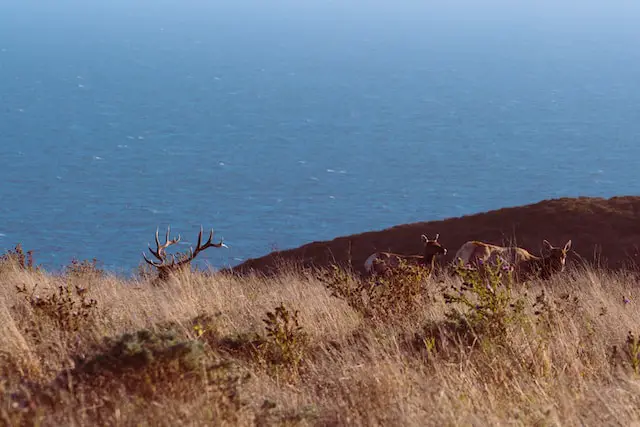
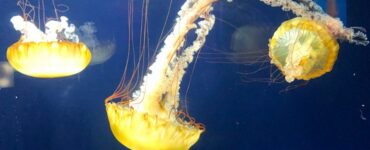
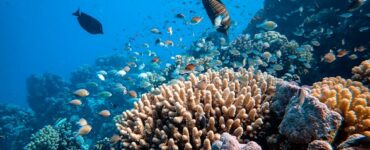
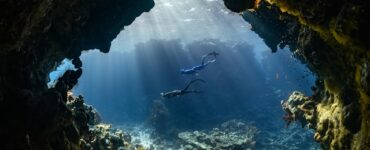
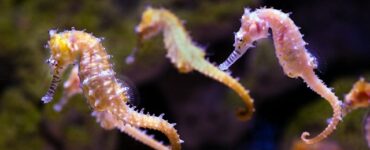

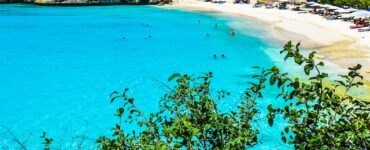









Add comment